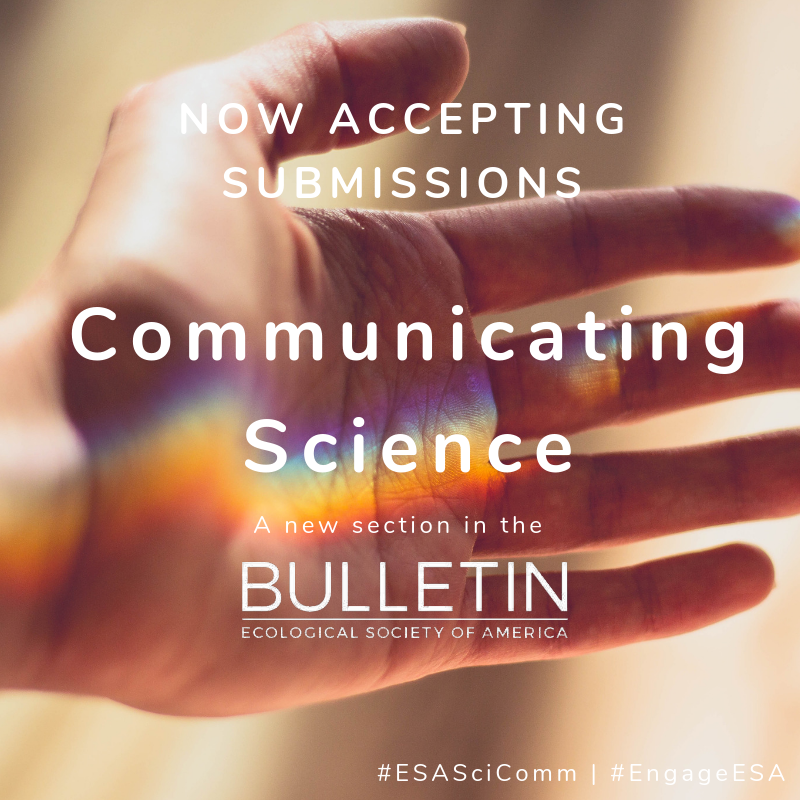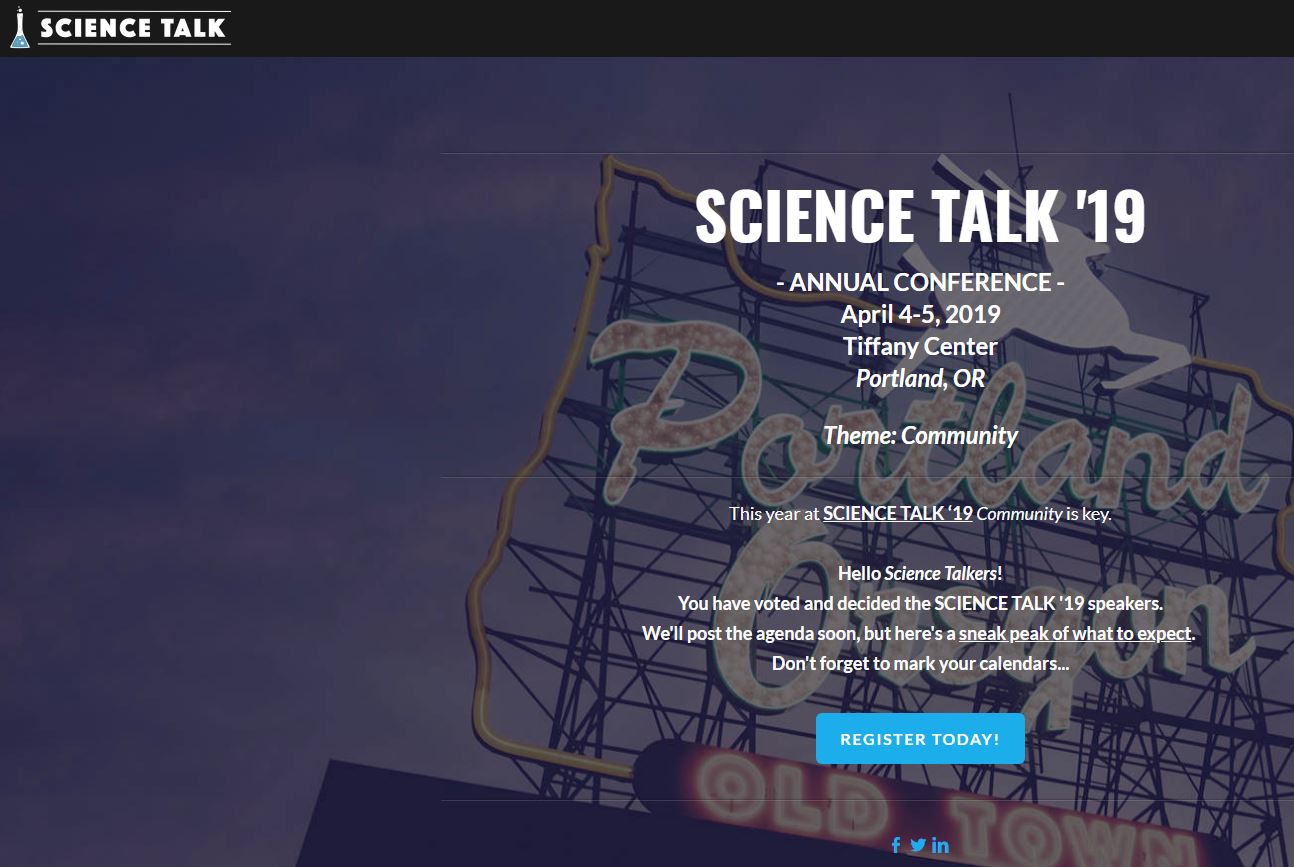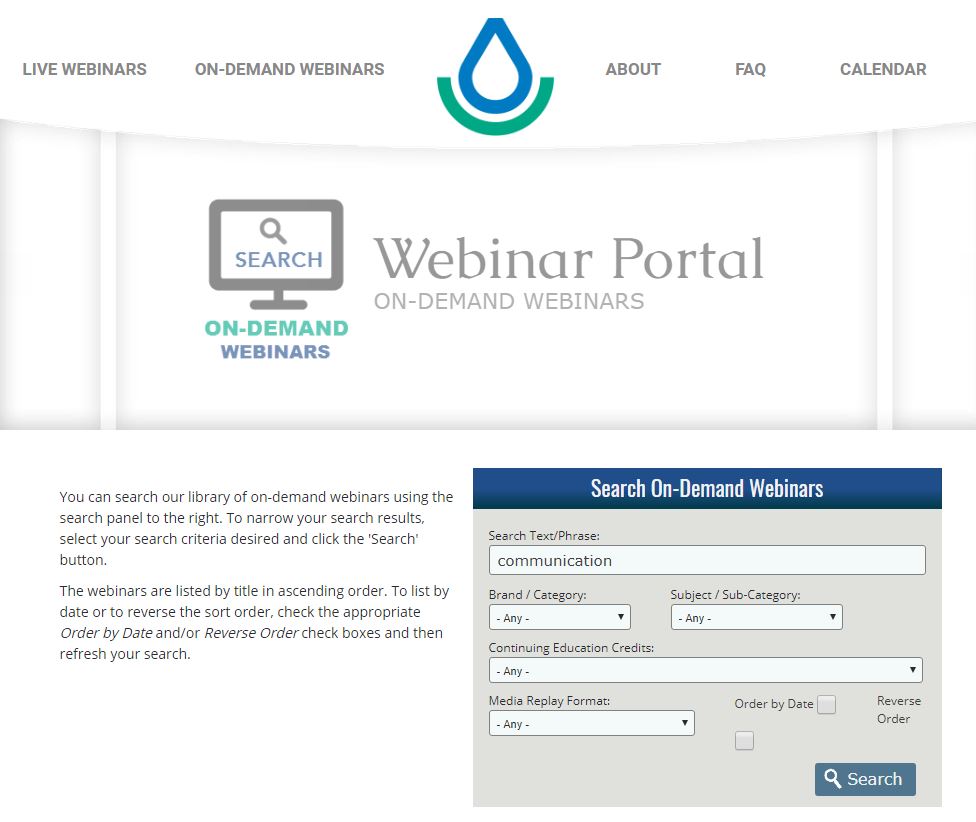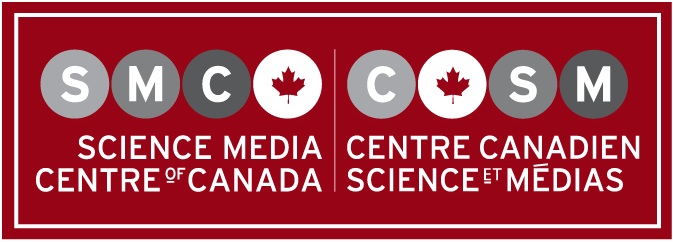
Resource of the Week: Transferable skills for career changes
The University of Michigan’s Career Center and Head-Heart-Hands provide resources on how to plan a career change in three stages (HHH) and how to talk about transferable skills developed during a PhD (UMCC).














